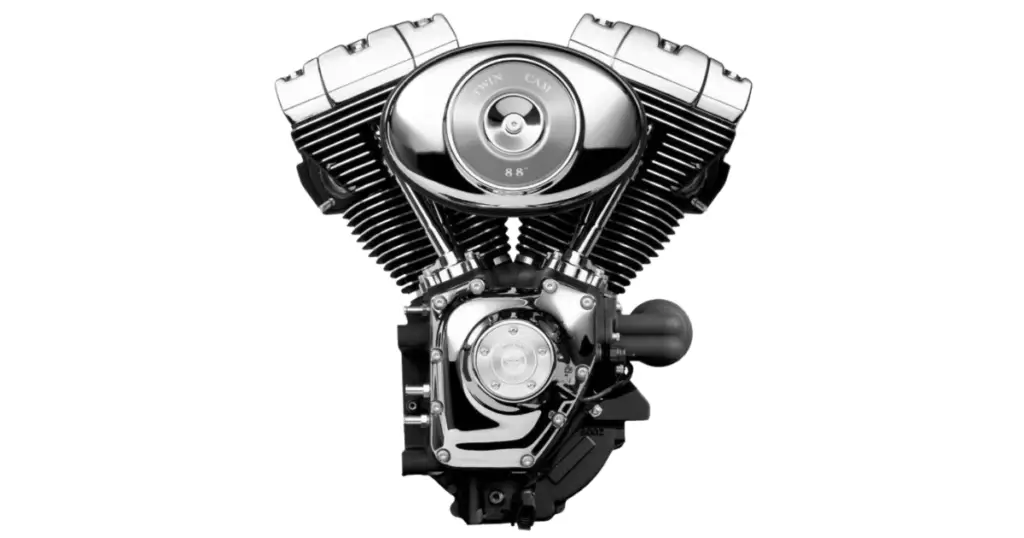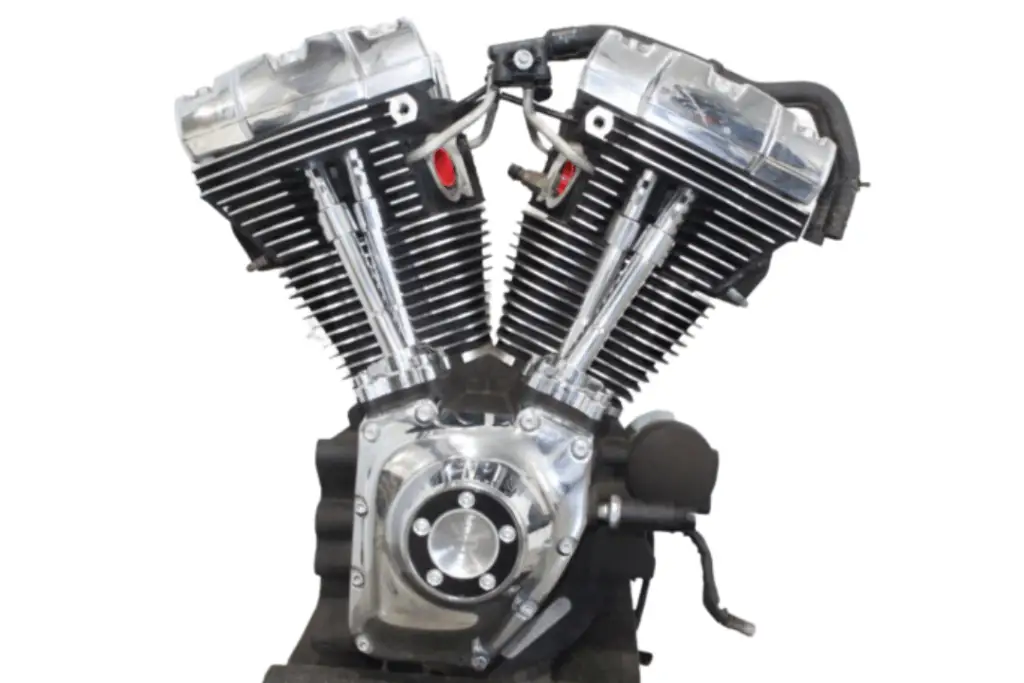In the world of Harley-Davidson, the rumble and roar of an engine signify more than just power—it’s a statement of character and capability. The perennial debate among motorcycle aficionados regarding the Harley 88 vs 103 is a testament to the brand’s legacy in delivering engines that resonate with riders’ quest for performance and reliability. On one side of the ring, we have the venerable 88 cubic inch engine—a proven workhorse with a storied past of reliability and the potential for significant upgrades. On the other, the 103 cubic inch engine emerges as the newer gladiator, boasting a larger displacement and a claim to offer a more robust power output for modern riding demands. This Harley 88 and 103 comparison dives deep into the essence of these two iconic engines, dissecting their potential for performance, the opportunities each presents for upgrades, and the fidelity each maintains in real-world reliability scenarios. Whether you’re cruising along the interstate or gunning it on the backroads, understanding the nuances of these engines can help tailor your ride to perfection.
It’s true—a well-maintained and strategically upgraded 88 engine can surprise those unfamiliar with its latent potential, particularly when matched against an unmodified 103. Across forums and garages alike, tales of the 88 lifting its front tire with sheer force showcase its raw capacity that, when unleashed through the right Harley 88 and 103 upgrade path, can rival the output of its successor. Yet, the 103’s inception into the Harley family wasn’t without merit; it addressed the riders’ clamor for more power and sustainability. The Harley 88 and 103 reliability debate circles around qualitative and quantitative data, personal experiences, and a myriad of passionate testimonials from the Harley-Davidson community. With so much at stake, the battle of these engines isn’t just a casual comparison—it’s a pivotal decision point for riders looking to invest in the soul of their machines.
Quick navigation:
– Is The Twin Cam 88 A Good Motor? Yes and No (Here’s Why)
– Is The Harley 103 A Good Engine? Yes and No (Here’s Why)
Key Takeaways
- The enduring debate of harley 88 and 103 engines encompasses performance, power delivery, and the potential for upgradability.
- Solid reliability marks the 88 cubic inch engine as a favorite, yet its capability for strong power demonstrates its prowess with proper enhancements.
- The 103’s introduction ushers in an era of greater displacement and a promise for improved power, suitable for today’s riding standards.
- A well-tuned 88 can go toe-to-toe with a stock 103, highlighting the significance of aftermarket upgrades and tuning.
- Understanding the overlap in performance between these engines requires a look into real-world applications and rider experiences.
- The conversation of harley 88 and 103 reliability is nuanced with anecdotes and empirical evidence from the riding community.
- Choosing between the 88 and 103 goes beyond engine size—it’s about matching the engine to the rider’s unique style and the bike’s intended use.
Comparing the Harley Davidson 88 and 103 Engines
The heated debate between the iconic Harley Davidson 88 vs 103 engines is a fascinating topic for motorcycle enthusiasts. When evaluating the Hrley 88 and 103 differences, it is important to consider each engine beyond just its size. Although at first glance, the 103’s larger displacement may suggest a clear upper hand in Harley 88 vs 103 performance, the engines’ characteristics when modified can paint a different picture.
Read more: Harley Engines by Year: The Legacy of American Motorcycling
For many riders, the comparison typically starts with stock performance. In standard form, the 103 engine—with its increased cubic inches—often takes the lead, especially in scenarios demanding straight-line power like drag racing. Yet, it’s the internal components such as compression ratio, cam profiles, and ECM (Engine Control Module) mapping that can drastically alter an engine’s capabilities. Indeed, a Harley 88, when judiciously enhanced with high compression pistons, performance cams, and fine-tuned ECM mapping, can, in some instances, outshine a stock 103.
- Anecdotal evidence suggests that an 88 engine with strategic modifications can reach nearly 96 horsepower, rivalling the performance of a stock 103.
- Rider skill and weight, along with other motorcycle customizations, contribute significantly to these engines’ power dynamics.
- Variations in performance between individual 103 engines imply that displacement isn’t the sole factor impacting output.
Across drag strips and rolling hills, both the Harley 88 and 103 engines have their advocates. A rider’s choice between the two may hinge on a blend of loyalty, riding style, and the thrill of customization. The true potential of these engines is often unlocked not on the showroom floor, but in the garage.
Thus, the Harley Davidson 88 vs 103 engine narrative is as much about the personal touch a rider imparts to their bike as it is about the inherent design of these legendary powerhouses. The Harley 88 and 103 performance debate continues, with each engine holding its ground through the transformative power of customization.
Power and Torque: Assessing Harley 88 vs 103 Performance


The ongoing debate between the Harley 88 and the 103 engines pivots predominantly on power and torque outputs, as they are substantial factors affecting a motorcycle’s overall performance. In the realm of Harley 88 and 103 horsepower figures, both seasoned and novice riders inquire about which engine size delivers a superior riding experience. In-depth evaluations and rider testimonials have spotlighted scenarios where stage III modified 88 engines showcase horsepower figures that encroach upon the realms traditionally dominated by stock 103 counterparts, sometimes achieving near 96 HP, signaling that engine size isn’t the sole determinant of power.
Examining the Horsepower Differences
Horsepower differences are particularly eminent in the Harley 88 vs 103 comparison chart, with many riders keen on understanding whether a high output of horsepower equates to a noticeable performance edge. While it’s true that the 103 engine might provide an inherent advantage due to its larger displacement, the 88 engine, when modified appropriately, is capable of rivaling, and occasionally even surpassing the stock 103’s horsepower, delivering a compelling argument for the potential within the 88’s more compact design.
Torque Curves and Rider Experience
In terms of a Harley 88 and 103 torque comaprison, the narratives spun by the torque curves significantly shape the Harley 88 or 103 rider experience. A meticulously tuned 88 engine can outmatch its sheer displacement disadvantage through a robust torque curve, consequently offering an impressive pull in situations that demand it, such as during overtakes or challenging climbs. This optimized torque output alters the perception of performance, standing as a testament to the intricacies involved in engine tuning and its profound impact on ride quality.
The Impact of Engine Size on Performance
Finally, addressing the impact of engine size on performance unfolds a multifaceted analysis. While the maxim ‘bigger is better’ might hold weight in discussions over the Harley 88 and 103 engine size impact, real-world experiences underscore the substantial performance impact that aftermarket modifications can have. A well-tuned 88 engine, paired with strategic enhancements to the motorcycle’s mechanics, emerges as a formidable contender to the naturally brawnier 103, cementing the notion that in the pursuit of peak performance, displacement is just part of the equation.
More comparisons:
– Harley 88 vs 96 vs 103: An In-Depth Engine Comparison
– Twin Cam 88 vs 96: Dual Cam Shootout (What’s Better?)
– Harley 88 vs 96 vs 103: An In-Depth Engine Comparison
– Harley 103 vs 107: Evolutionary Or Just A Step Backwards?
– Best Tuner for Harley 103 Gets Revealed (By An Expert)